Types of Forests Found in Canada
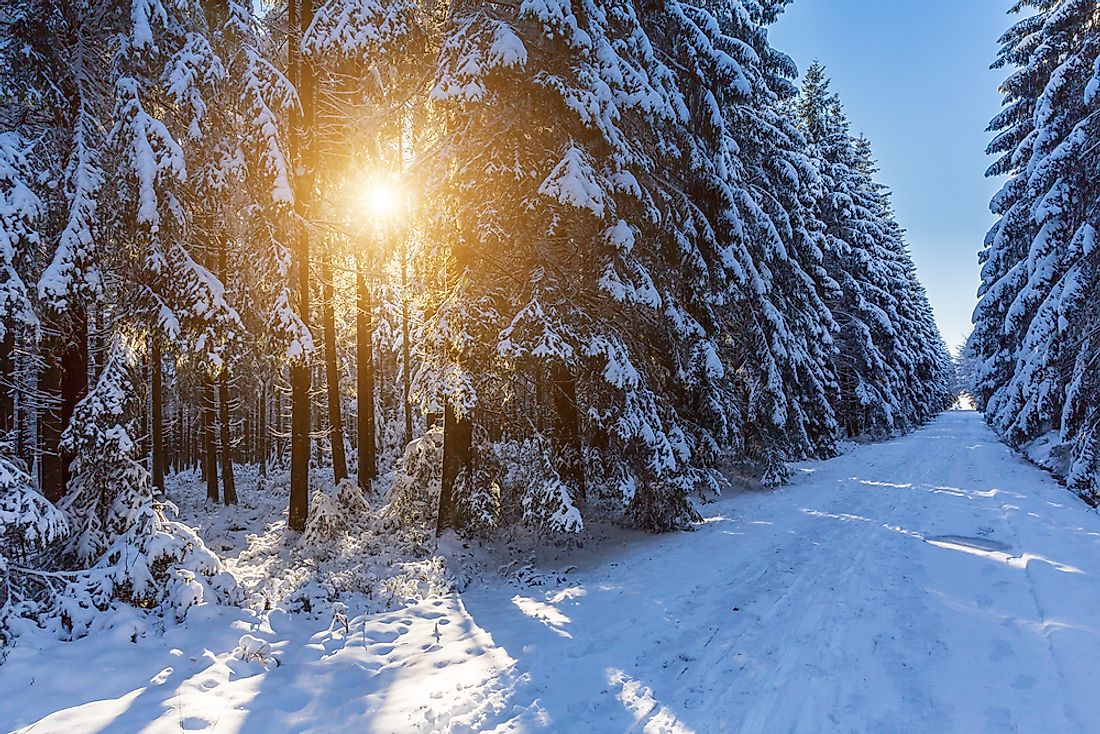
Canada is the largest country in North America and second in the world behind Russia. Canada also has the largest forest area in North America and third in the world behind Russia and Brazil. The Canadian forest cover represents 40% of the total terrestrial area, and Canada has 10% of the global forests. The forests are crucial for both the global environment as well as the Canadian economy. According to scientists, the forests in Canada absorb over 25% of all carbon emissions produced from fossil fuels annually. Economists estimate that forests directly contribute over the US $22 billion directly into the Canadian economy through exportation of forest-associated commodities. The forests are grouped into eight distinct types of forests, which will be explored below.
8. Coastal
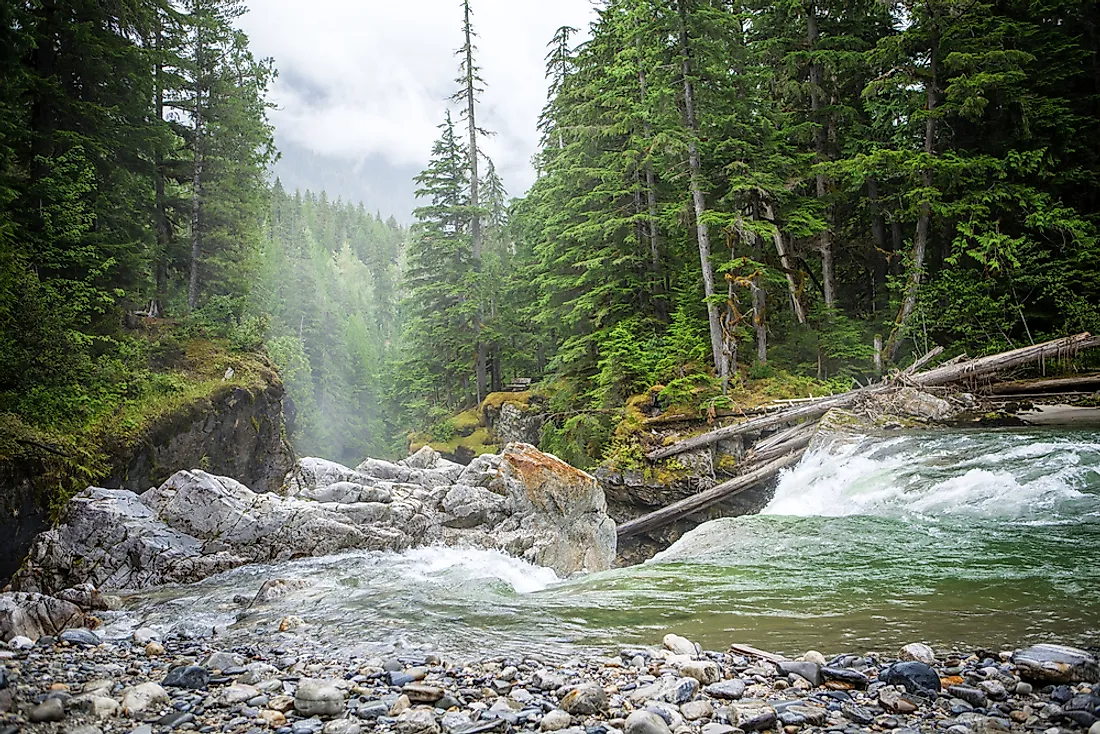
Coastal forests are located in a region between the Coastal Mountains of British Columbia on the western Olympic Peninsula. The forest is classified as a temperate coniferous forest. The characteristic trees include the coastal Douglas fir, the western hemlock, the Sitka spruce as well as the western red cedar all of which are coniferous trees.
7. Montane
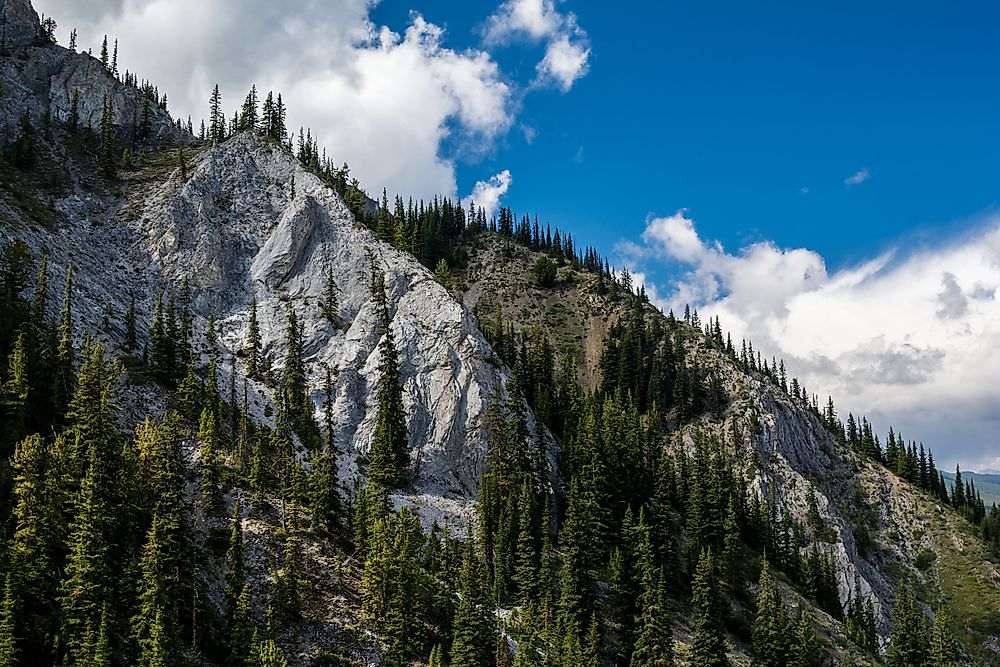
The montane forest is found at high altitudes normally between the subalpine zone and the submontane zone. The forests are scattered around the British Columbia Central Plateau as well as areas around the boundary between the British Columbia and Alberta provinces. The Blue Douglas fir is most endemic tree variety in the montane forest and is smaller than the coastal Douglas fir. Other tree species found include the trembling aspen, the ponderosa pine and the lodgepole pine. In higher altitudes, the alpine fir and the western white birch can be seen.
6. Columbia
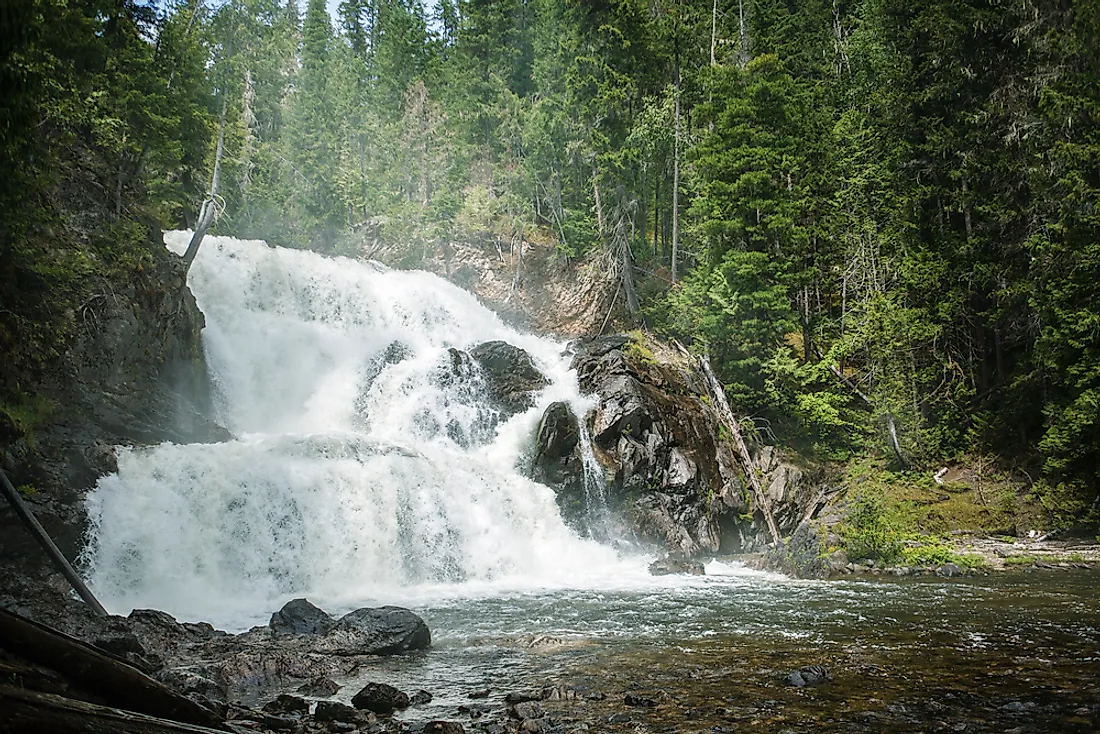
The Columbia forests are located in the southeastern area of the province of British Columbia between the Rocky Mountains and the central plateau. The Columbia forests are closely related to the coastal temperate rainforests and are also known as the “interior rainforests.” The trees associated with the Columbia forests include the western red cedar which is found in plenty as well as the western hemlock. On the drier parts of the forests which have a history of fires, the Douglas-fir is common with thick bark that protects it from the forest fires.
5. Subalpine
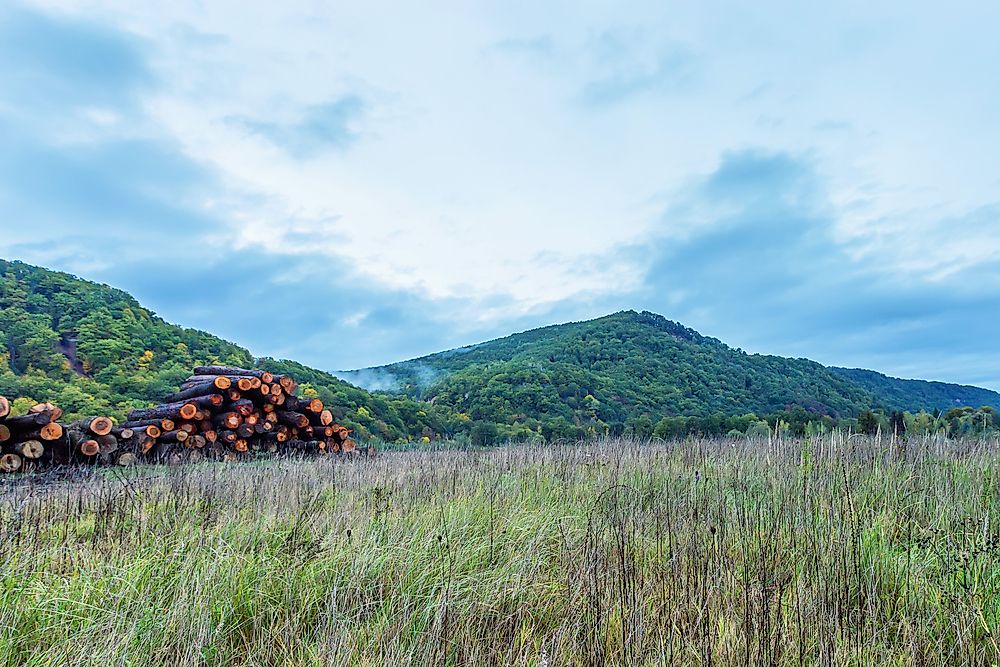
The subalpine forests are located in the high altitude areas of British Columbia and the western part of Alberta. The subalpine forests are predominantly comprised of coniferous forests and are found between the altitudes of 9,000 feet and 11,000 feet. The species of trees endemic to subalpine forests include the subalpine fir and the Engelmann spruce which can grow tall and are extremely old. These trees have deformed barks which are stripped away by strong winds. Other species of trees located in subalpine forests include the yellow cypress, the western larch, the whitebark pine and the mountain hemlock.
4. Carolinian
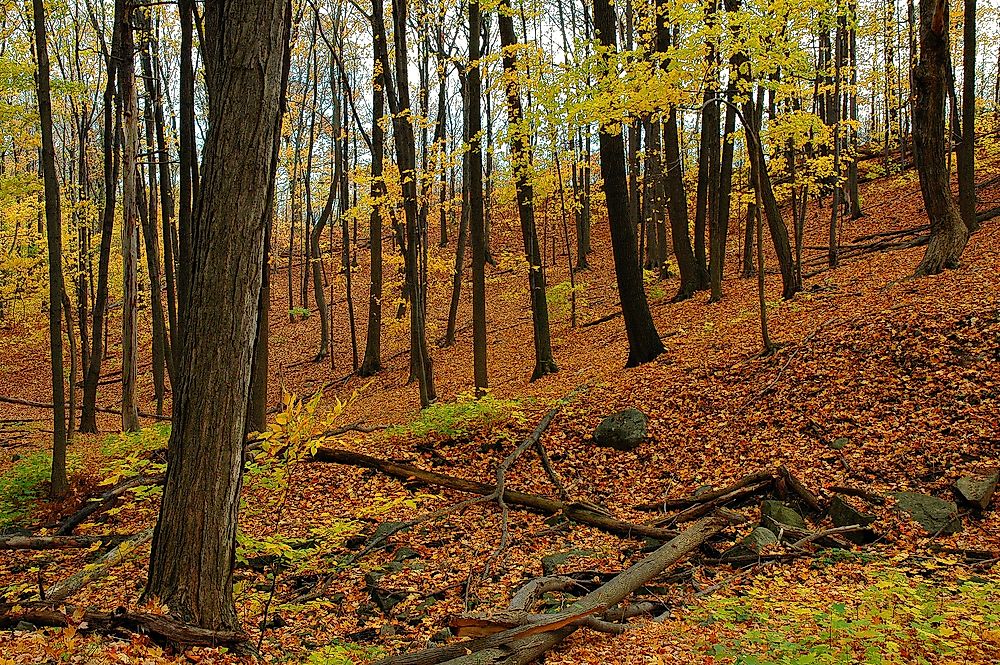
Carolinian forests are broad-leafed forests located in Southern Ontario near the Great Lakes of Ontario, Huron, and Erie. While the term is only used in Canada, the characteristics which define the Carolinian forests are seen in eastern deciduous forests or eastern woodlands of the United States. The Carolinian forests are found near the urban areas of Ontario and consequently have seen vast tracts destroyed with as much as 90% of the original forests destroyed for human development. Thus only small fragments of the original Carolinian forest found are in protected areas of Ontario. The forests host several species of flora and predominantly consisted of deciduous trees. These broad-leafed trees include the black walnut, the blue ash, magnolia, rock elm, swamp white oak, the sycamore, and the silver maple.
3. Acadian
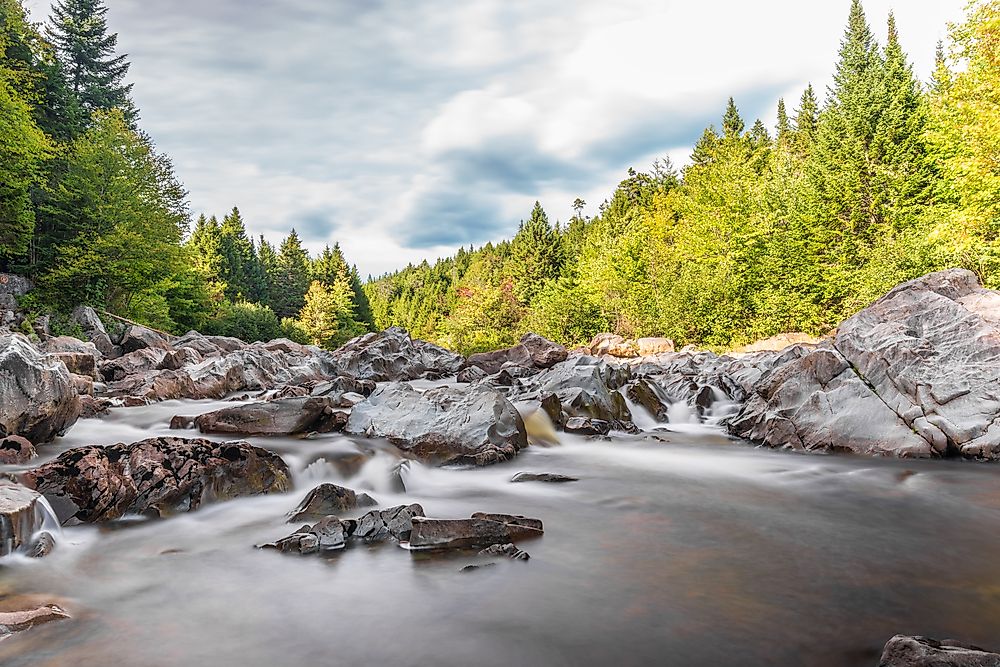
The Acadian forest or the New England-Acadian forests are temperate broadleaf and mixed forests which are located in the eastern part of the country occupying the Maritime Provinces to the Gaspe Peninsula. The forests were formed after the last Ice Age and glaciers began to retreat northwards toward the North Pole some 10,000 years ago. The Acadian forests cover over 91,000 square miles. Some ecologists do not categorize Acadian forests as a distinct type of forest but a blend of boreal forests and northern hardwood forests. Several species of trees are found in the Acadian forests including birch (white and yellow), maple (red and sugar), red oaks, ironwood, American elm, and the American Beech and consists of both hardwood and softwood trees. In the northern regions, coniferous trees are found in plenty such as fir.
2. Great Lakes - St. Lawrence
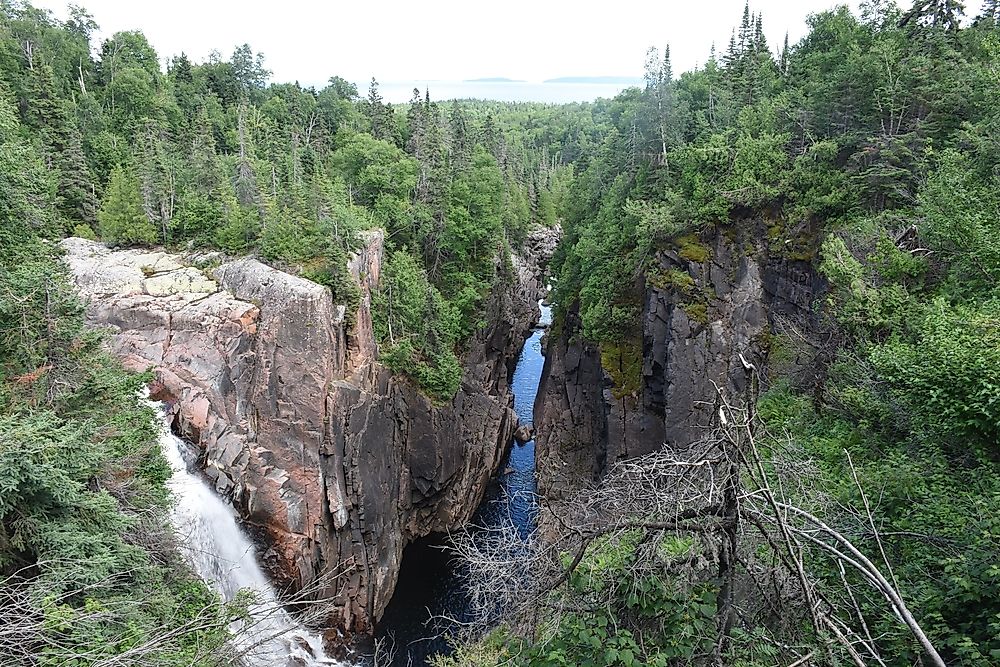
The Great Lakes-St. Lawrence forests are the second in size behind the boreal forests and consist mainly of temperate broadleaf and mixed forests. The forests are located in an area that stretched from the northern shores of Lake Superior to the Gaspe Peninsula. The main species of trees found in this forest include the eastern white pine, eastern hemlock, the red pine, and the yellow birch. Some species of maples (sugar and red), as well as basswood, are also found in the forests.
1. Boreal Forest
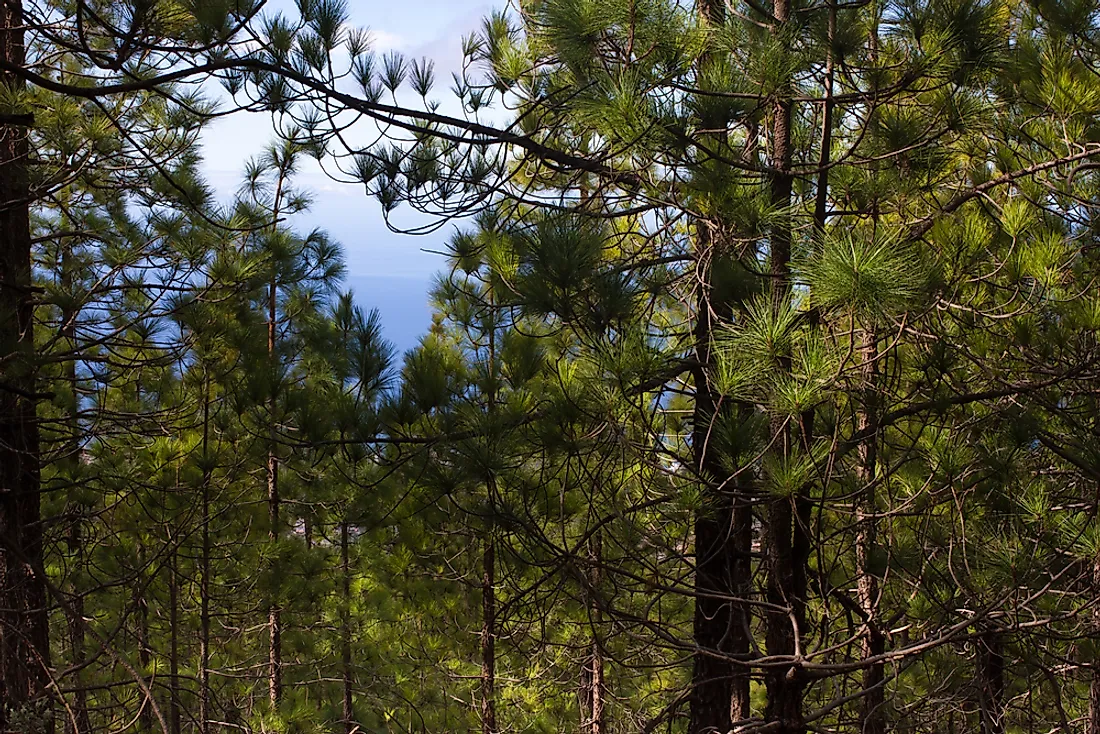
The boreal forest is a forest belt which circumvents the northern polar region around the world and is the largest type of forest in the world. It also has the greatest terrestrial ecosystem in the world. The boreal forest covers most of Russia, Canada, United States, Sweden, Finland, Norway and part of Kazakhstan, Mongolia, Japan, and Iceland. The boreal forest, also known as the taiga, covers about 60% of the total Canadian land mass. The Canadian boreal forest is considered the largest undisturbed forest in the world with more than 1.16 million square miles being untouched by civilization. The majority of the trees found in the boreal forest include the conifers which are identified by their cones and include the pines (Jack and lodgepole), spruce (black and white) as well as the larch. Other types of trees found include the Aspen, the white birch and the cottonwood. The forests also host other plant species including several species of grass and sedge. The boreal forests are located in an area which has the highest concentration of wetlands and lakes in the world with over 1.5 million lakes. Due to the many lakes, the forests are home to over 60% of all Canadian waterfowl with over 12 million birds using the area as their breeding grounds.











